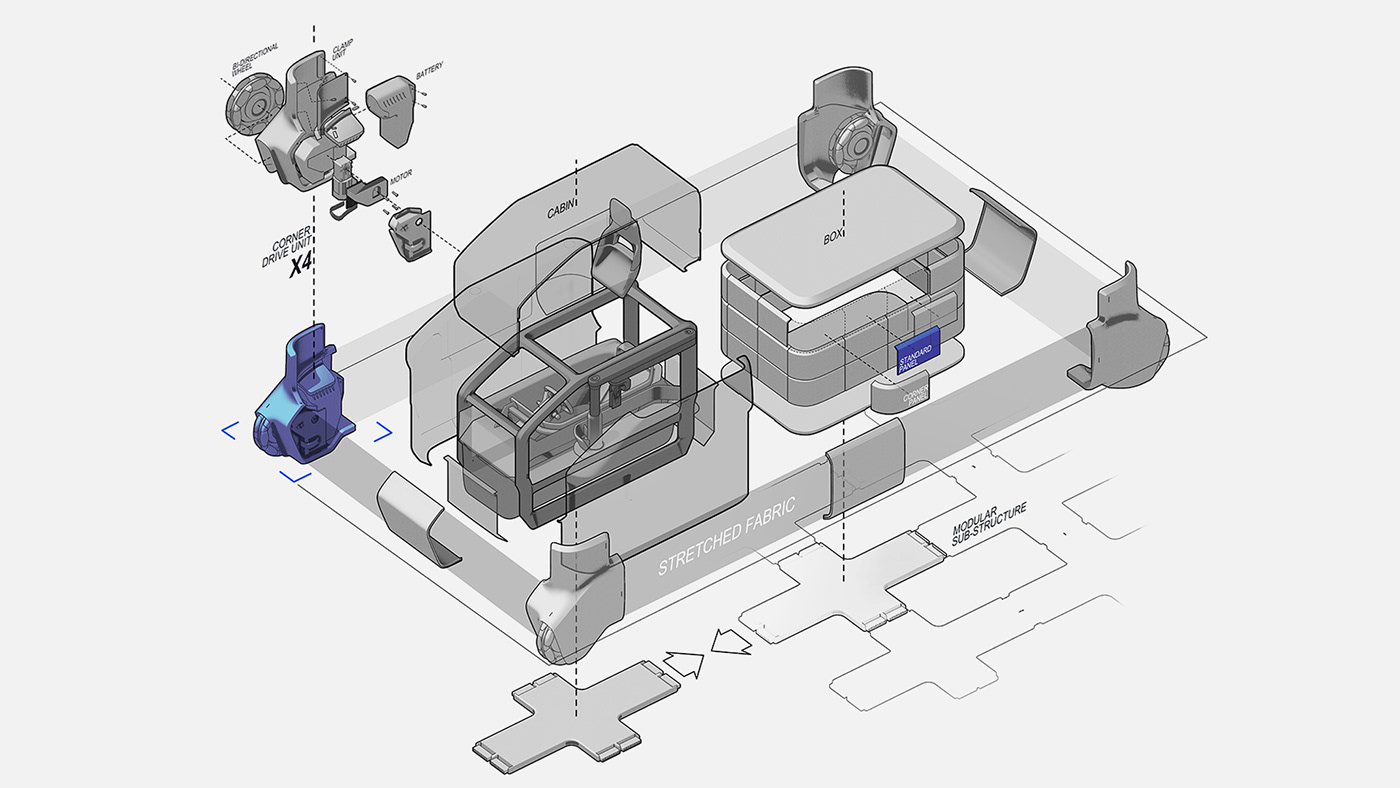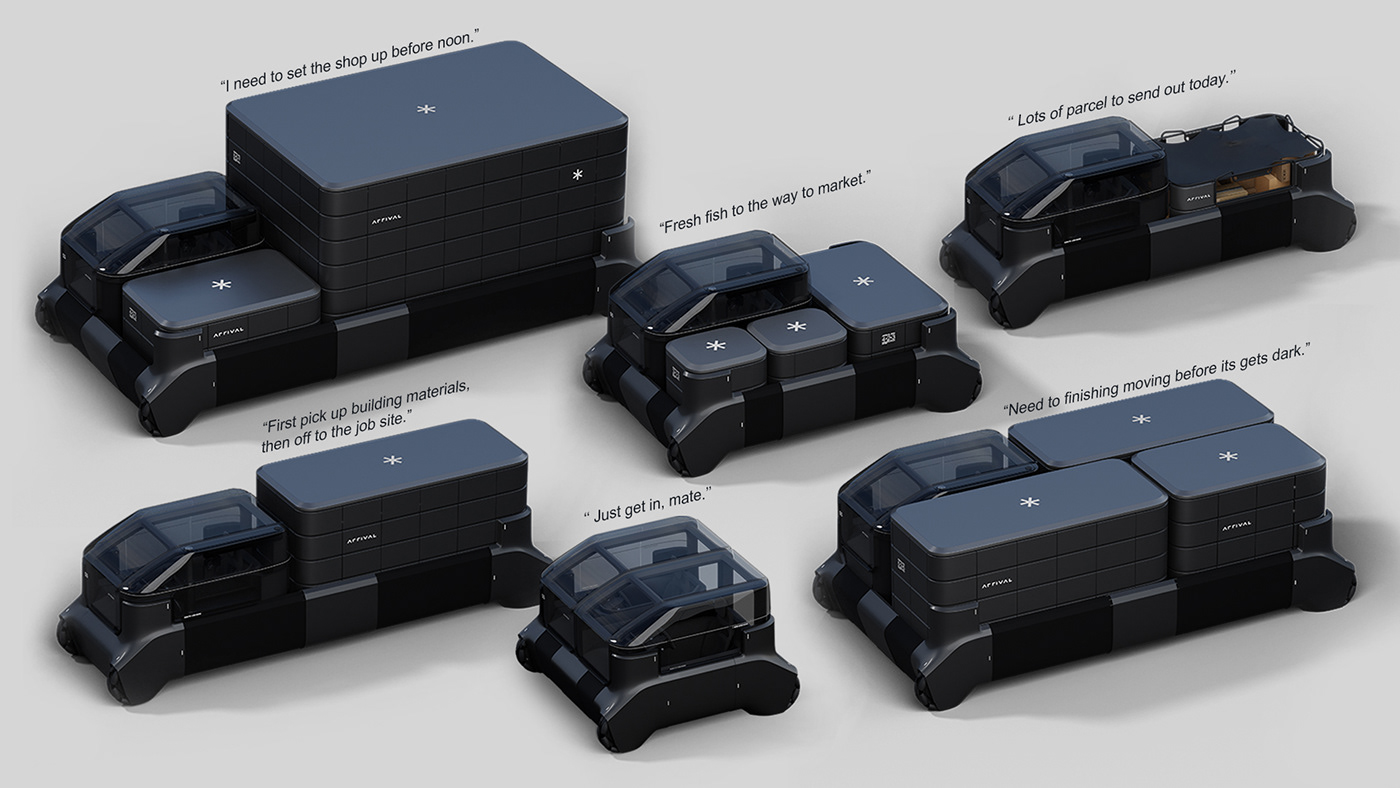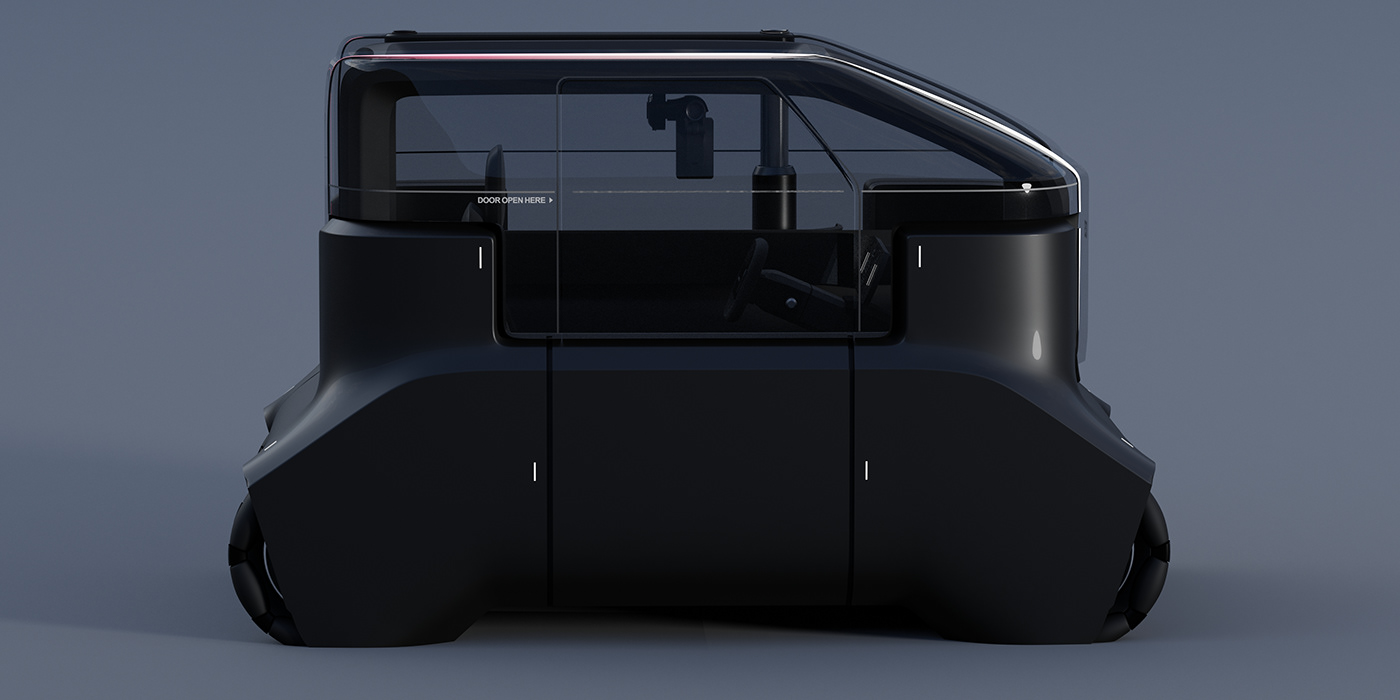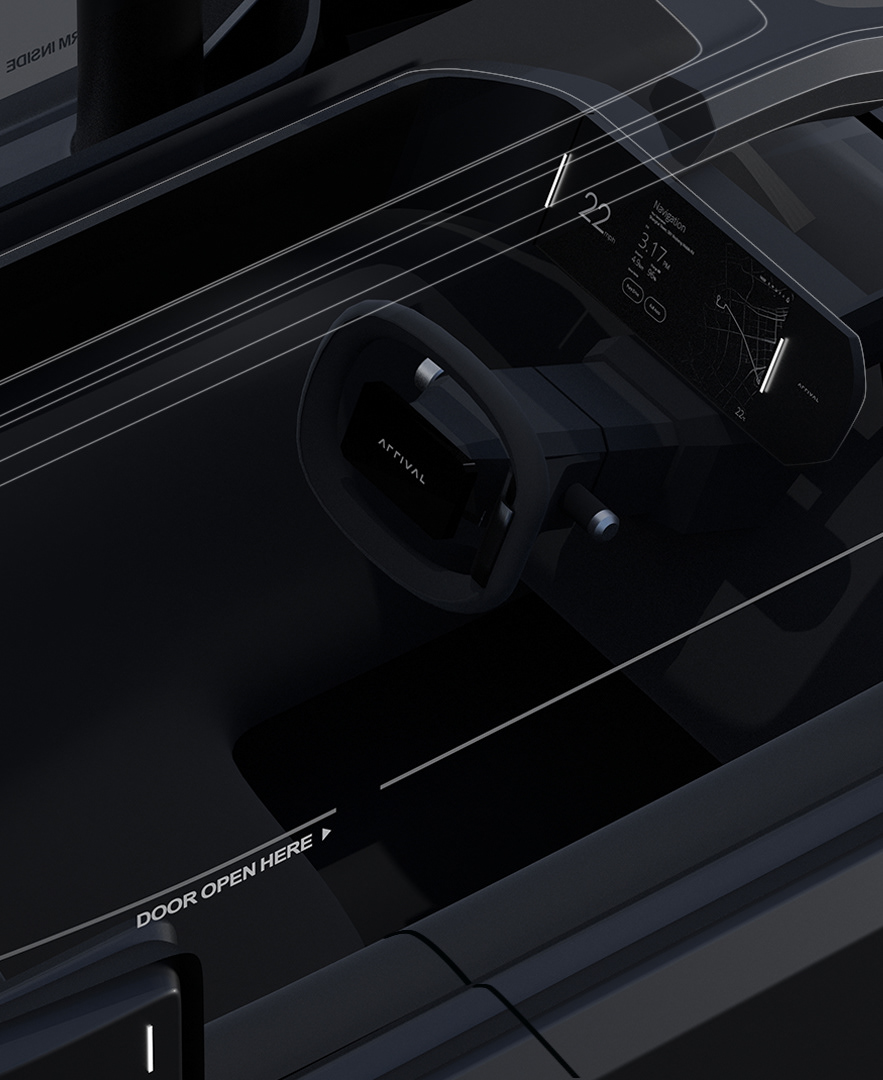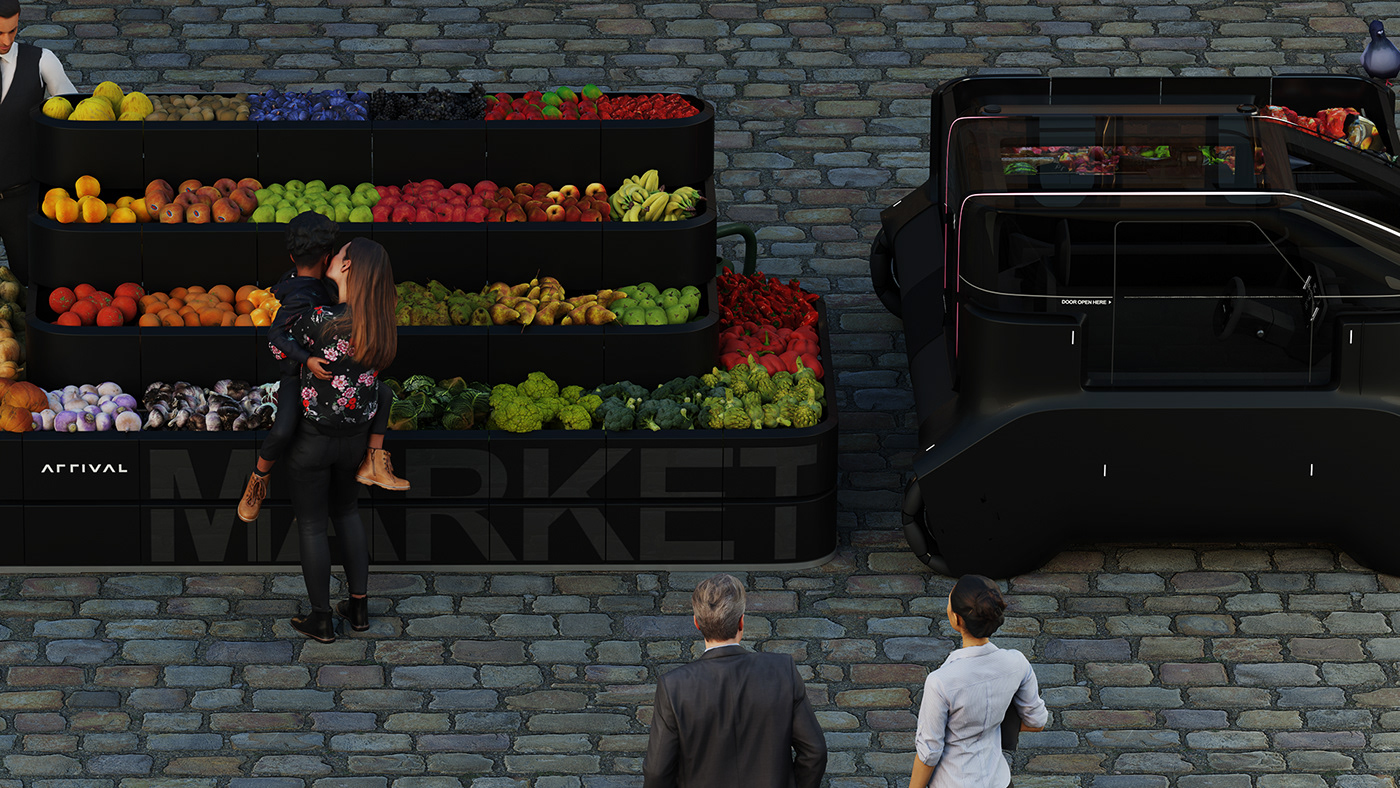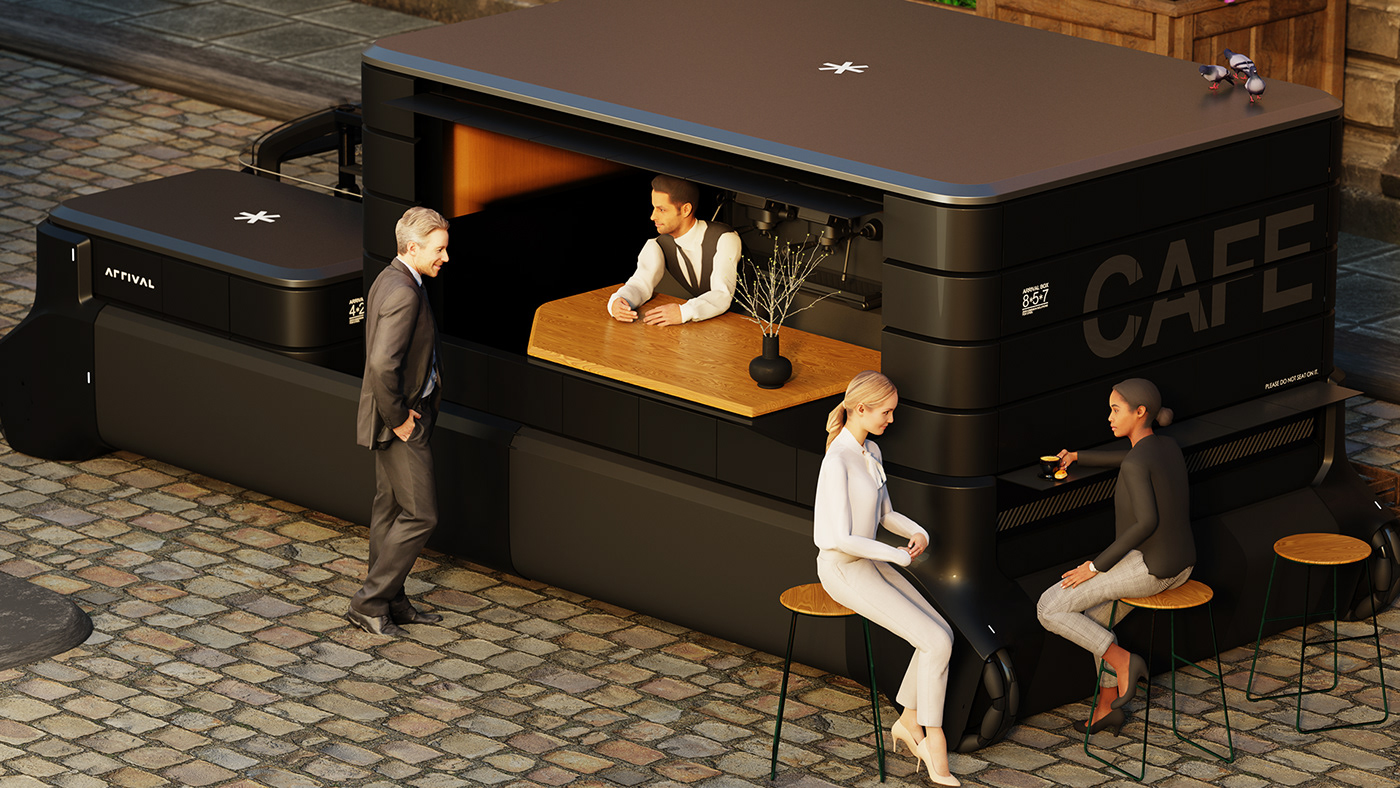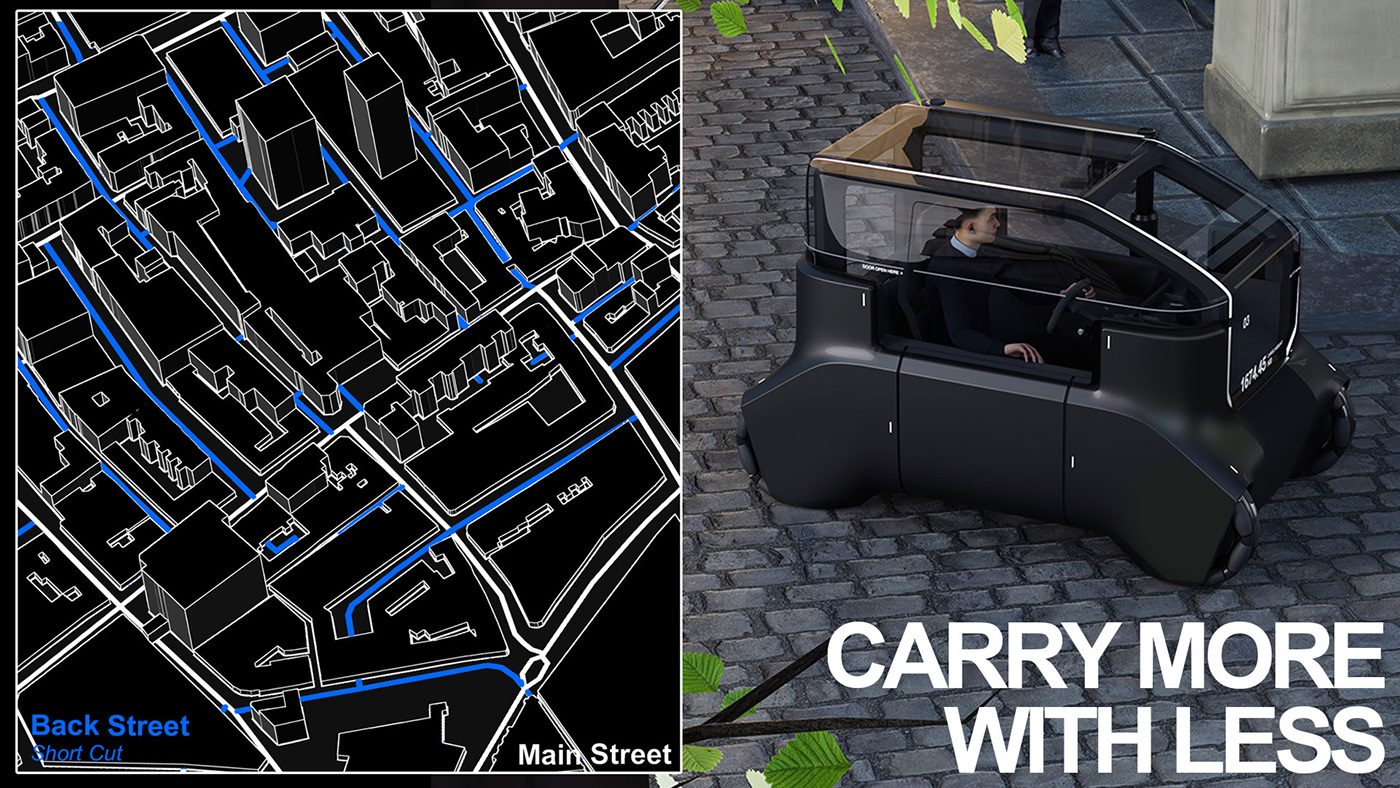Mobility solutions today in dense urban cities like London are quite sufficient for the average traveller. Between, black cabs, underground, double-decker buses and cycling the average commuter and city goer can traverse London with timely ease. Commuters have it easy, so we sought to investigate the lesser considered travellers and the issues they encounter daily.
City centres with historic streets (like London’s Soho) have already taken bold steps to reduce motor traffic to reclaim community space. London’s well-loved back streets, short-cuts, mews, and quiet zones are not only beautiful spaces, but they can offer greater mobility through the city if utilised appropriately. If high streets are the veins then the mews are the capillaries. Allowing quiet tasks like delivery to take place on a back street instead of on the high street could greatly alleviate congestion and traffic. They could even be further transformed into vibrant community spaces that could alleviate traffic demands on the whole.
Looking beyond the commute, numerous other mobility needs are overlooked and are cumbersome and inefficient. We focused on the utility side of vehicles and the needs of shopkeepers, restaurateurs, delivery services, movers, contractors, entrepreneurs, vendors and alike for our opportunities. It is these services that are the lifeblood of a city and give each neighbourhood its flavour and function. These people have business demands linked to their objects of work (or delivery goods) and the variety of scale can be vast. They are conflicted between owning a truck/van and the untailored size of them in the city.
Every situation is not without its own unique needs, but universally they need to carry not only passengers but their whole business with them too. Cargo and utility are key.
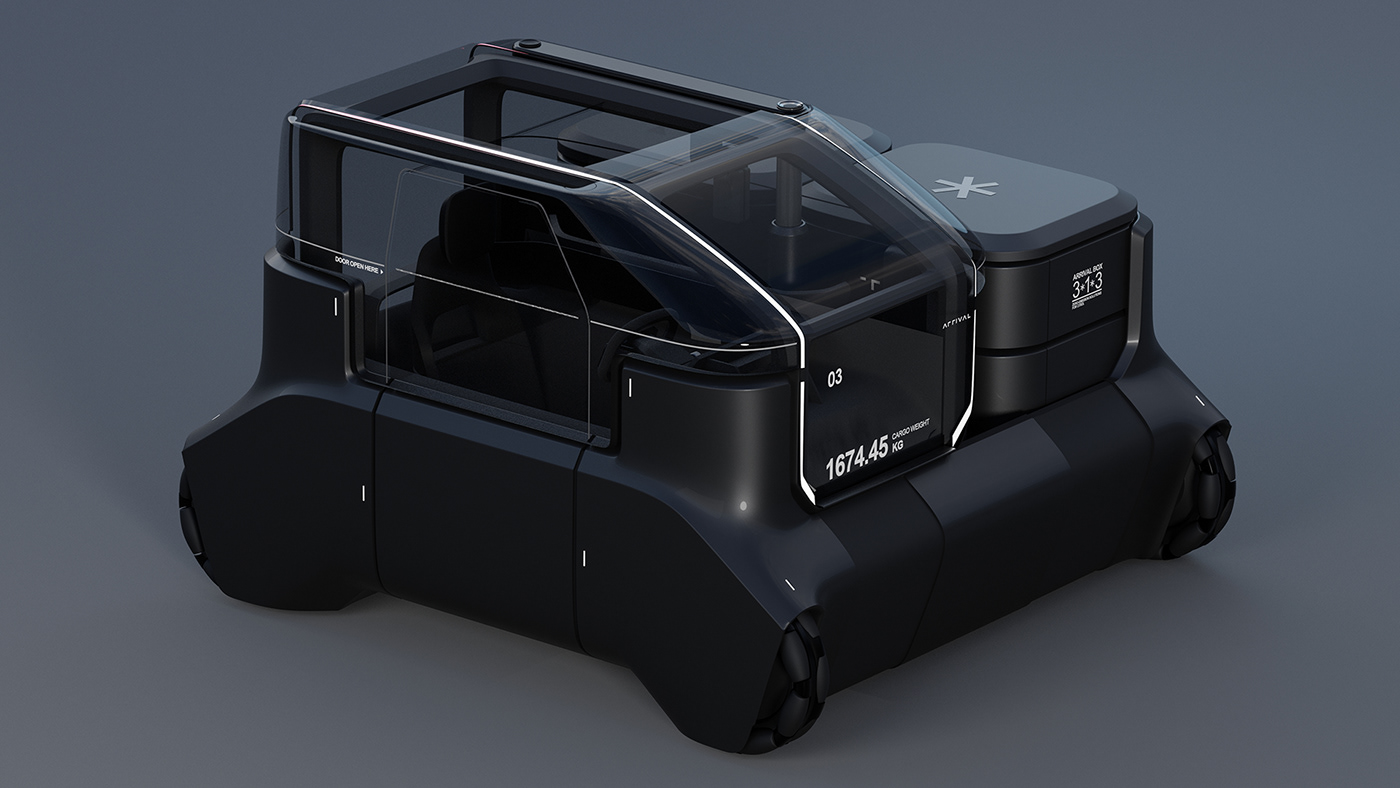
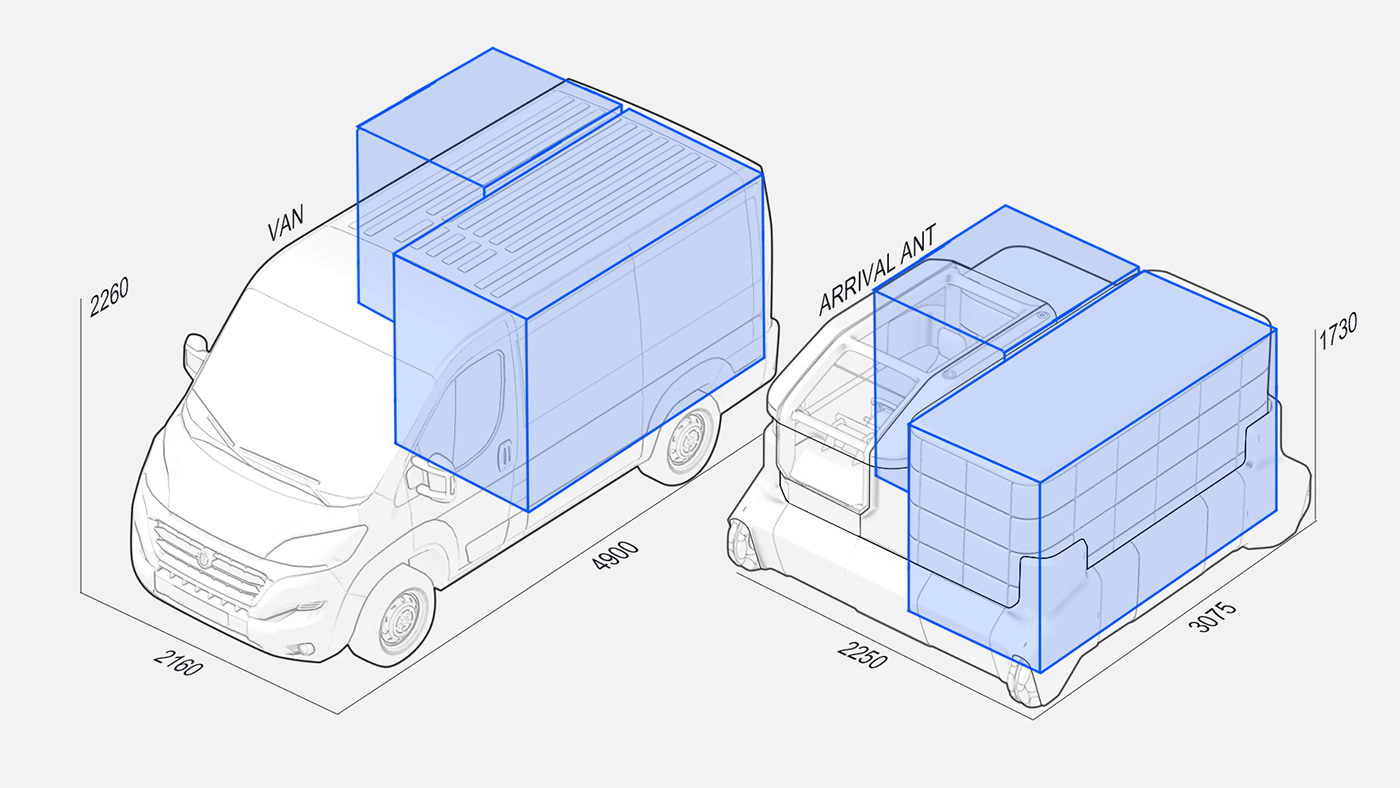
Trucks and vans are inefficient in their use of space and dense urban areas, this can be detrimental to traffic and overall experience. Ant tackles this by offering scalable and flexible solutions on a more granular level. It echoes Arrival’s principle of common and sustainable parts to create a system wherein the vehicle starts dramatically small and ends impressively big. Both nimble and functional.
The simple base panels and building blocks of the system lend to greater versatility and freedom of combinations. Configuration is easy and can be done at a ‘minifactories’ retrofitted into standard garages. Extra corners, panels and internal modules could be housed on standby at these locations and could also be rented for specific tasks. Possibilities are endless and only limited by the imagination.
The focal point of the system is in the corner units which provide power and drive in a compact package. Internal cargo modules connect to create the underlying structure of the vehicle and the corner units can always be attached to any configuration. The system can easily be configured to many different user job types and by daily tasks; Need to pick up another passenger one day, add another seat. Need just a small cargo solution, add a small box. Need Ant to do autonomous deliveries, remove the cabin and set it free. Need Ant to move your whole kiosk, it can do that too. The on-demand adaptability means Ant is always the most efficient size for the job which helps reduce congestion and improve the overall community experience.
For vendors, Ant could move the whole kiosk and still be functional throughout the day. This type of solution is very passive and could help to transform the average back streets and mews into flourishing communities that empower Londoners everywhere.
